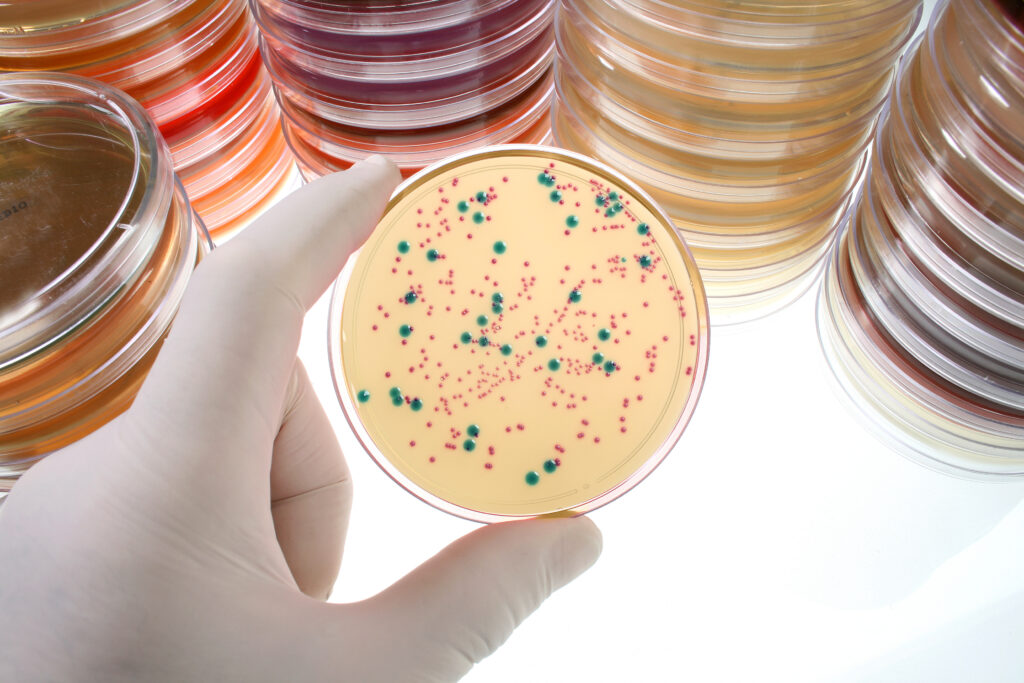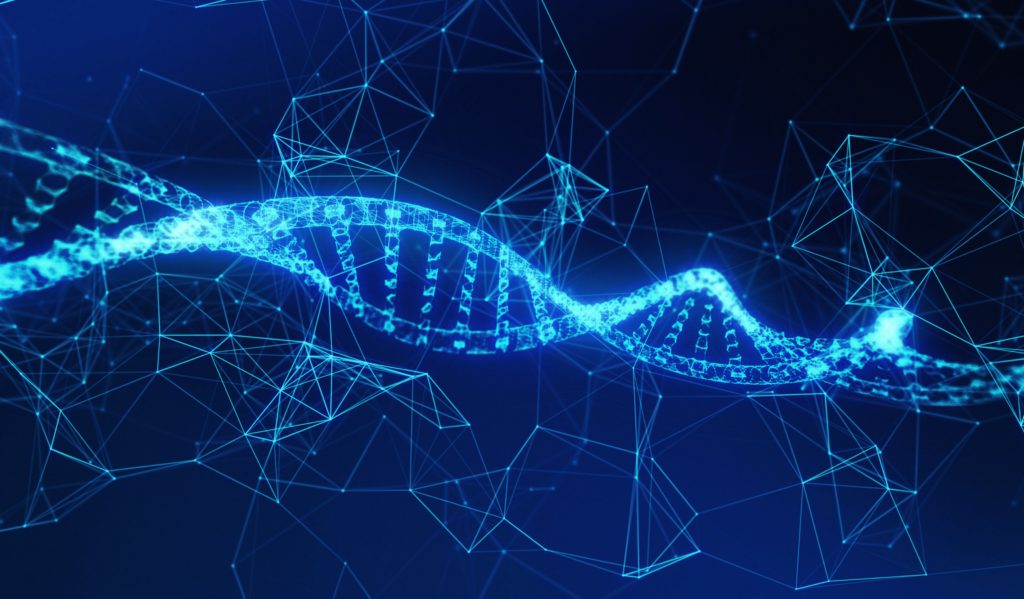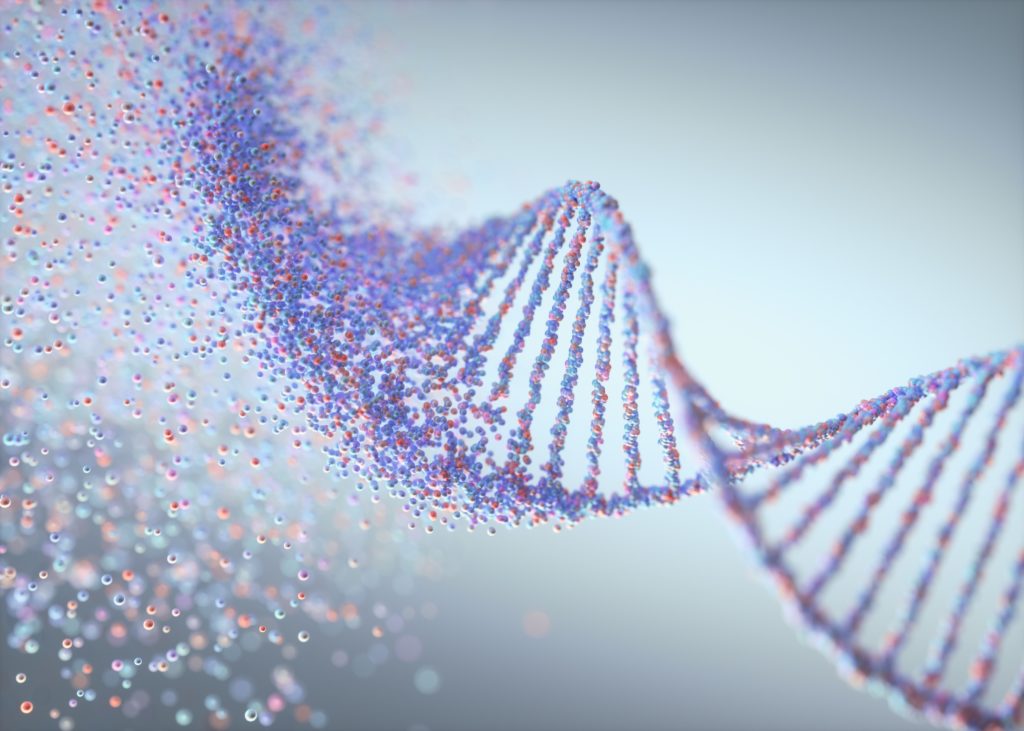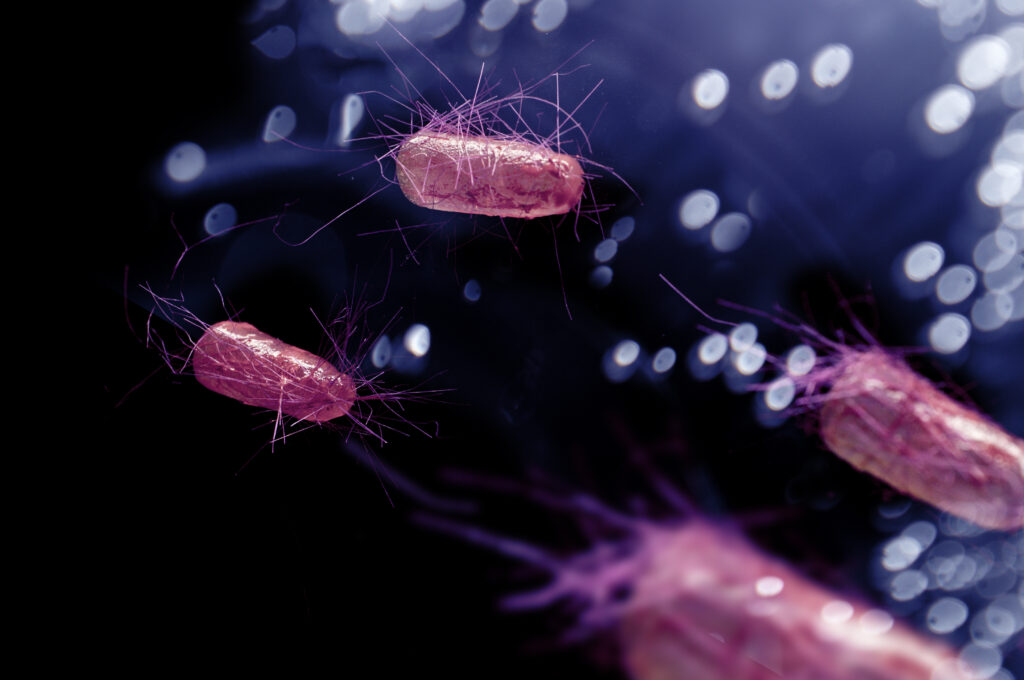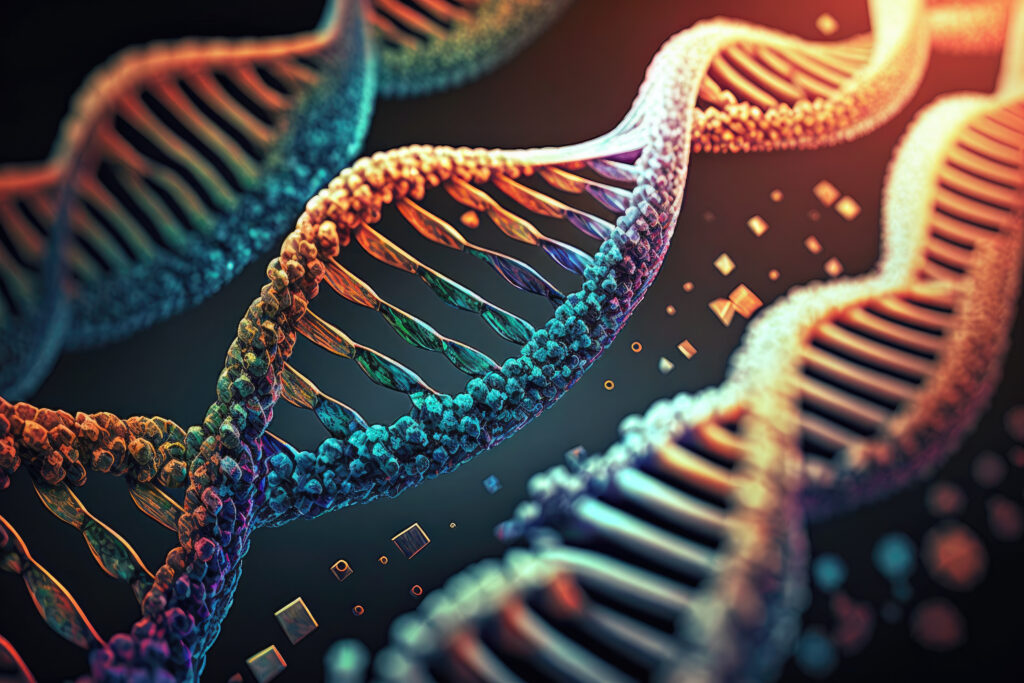
Richard Lenski, “evolvability”, and tortuous Darwinian pathways
Several papers on the topic of “evolvability” have been published relatively recently by the laboratory of Richard Lenski. (1, 2) Most readers of this site will quickly recognize Lenski as the Michigan State microbiologist who has been growing cultures of E. coli for over twenty years in order to see how they would evolve, patiently transferring a portion of each culture to new media every day, until the aggregate experiment has now passed 50,000 generations. I’m a huge fan of Lenski et al’s work because, rather than telling Just-So stories, they have been doing the hard laboratory work that shows us what Darwinian evolution can and likely cannot do. The term “evolvability” has been used widely and rather loosely in Read More ›
